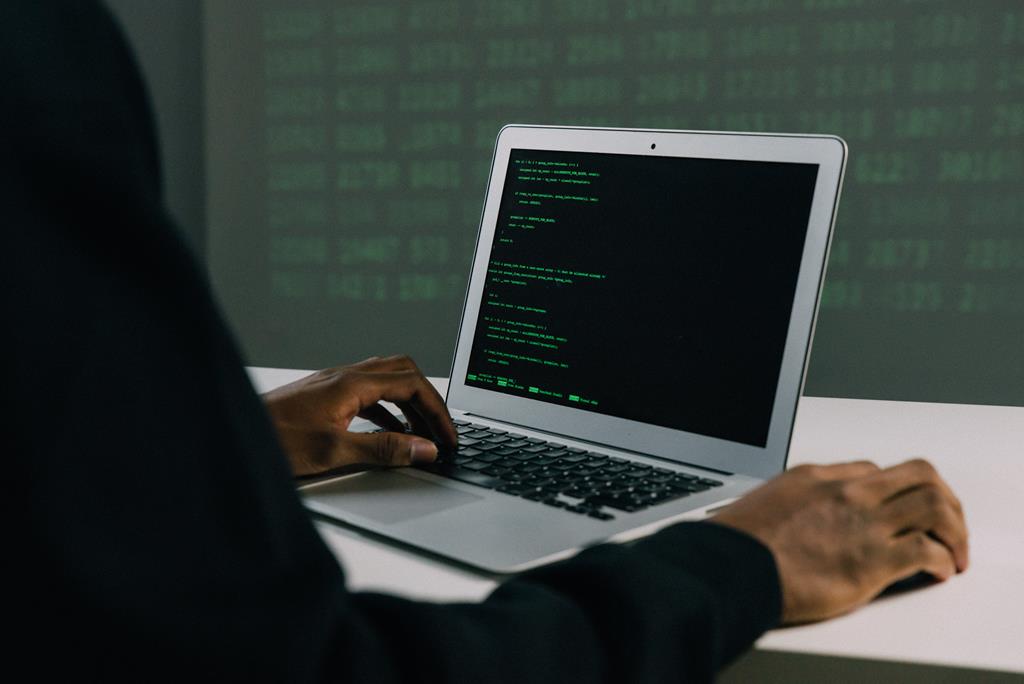In our rapidly evolving technological world, the strategies employed by individuals accused of serious fraud are advancing just as quickly. Among these strategies, phishing has emerged as a widespread and problematic method. However, the panorama of fraud doesn’t stop there.
Fraud methods consistently evolve over time, leveraging technology to become even more sophisticated over time. This article aims to delve into the perpetually changing domain of fraudulent methodologies, with a special emphasis on phishing. We’ll delve into how technology, especially artificial intelligence, is transforming these methods and discuss the countermeasures that can be implemented to combat the threats they present.
The Shape-Shifting World of Phishing
The concept of phishing as a fraudulent method has been a fixture for many years. Its core objective involves deceiving individuals into disclosing confidential data, ranging from passwords to credit card details and personal identification. Nevertheless, the newer version of phishing is far removed from its original form, having undergone a notable evolution over time.
Originally, phishing attempts were somewhat rudimentary. Individuals attempting fraud would send out mass emails, hoping that a few recipients would respond. These emails were often riddled with typographical errors and other obvious signs fraudulent nature. However, as technology has progressed, so too have the tactics employed by cybercriminals.
The Rise of AI in Phishing Attacks
One of the most significant developments in the world of phishing is the integration of artificial intelligence. AI has made it possible for attackers to craft phishing emails that are incredibly convincing. AI-driven tools can generate emails that mimic the tone and style of a legitimate organisation, as well as also having the ability to scrape personal data from social media, making the phishing emails seem eerily well-informed.
Imagine receiving an email that not only appears to be from your bank but is also filled with information about your recent transactions, your current account balance, and even your nearest branch. It’s no wonder that many individuals, fall victim to phishing scams every day.
Beyond Email – Evolving Techniques in Phishing
Phishing has not confined itself to just email. While email phishing, or spear-phishing, remains a commonly employed method, phishing methods have expanded to encompass other modes of communication. This includes text messages, instant messaging apps, and even telephone calls. Presently, AI-powered bots possess the capability to skillfully mimic familiar contacts, heightening the complexity of distinguishing between genuine inquiries and fraudulent ones.
Additionally, some scam artists have become more patient and strategic, orchestrating long-term campaigns. These campaigns may involve gathering information on a target over time, through various sources and platforms, to construct a convincing, personalised attack.
Countermeasures and Mitigation Against Fraud
In the perpetual contest between scam artists and those dedicated to security, a variety of countermeasures have arisen to combat the threat posed by sophisticated phishing attacks. Some of these encompass:
Employee Training
Educating the workforce on phishing methods and emphasising the significance of cybersecurity can mitigate risks. Enhanced awareness enables employees to identify common phishing markers and stay vigilant.
Advanced Email Filtering
The incorporation of sophisticated email filters employing AI and machine learning can detect and block phishing emails before they infiltrate inboxes.
Multi-Factor Authentication (MFA)
MFA bolsters security by demanding an additional verification step. Even if a malefactor obtains your password, they cannot access your account without the secondary authentication.
Security Software
The deployment of anti-phishing software and security measures such as firewalls provide an additional layer of defence.
Incident Response Plans
Having a well-defined plan for reacting to a phishing attack can substantially reduce harm and downtime.
Collaborative Efforts
Combatting advanced phishing assaults often necessitates cooperation among organisations, cybersecurity experts, and law enforcement agencies.
The World of Fraud and Phishing
Phishing, once characterised by emails filled with spelling errors and dubious attachments, has gone beyond what it once was. It’s a domain that is continuously evolving and refining itself to attain greater sophistication and elusiveness. At the heart of this transformation lies the significant influence of artificial intelligence, furnishing cybercriminals with the tools to orchestrate persuasive phishing assaults that can outwit even the most cautious recipients.
Nonetheless, this doesn’t translate to a state of vulnerability. A blend of employee training, advanced filtering, multi-factor authentication, robust security software, well-structured incident response plans, and collective endeavours carries the potential to substantially diminish the threats presented by these ever-evolving tactics. The struggle against tech-savvy fraudsters persists, yet with the correct strategies and tools at our disposal, we can maintain a step ahead.

















